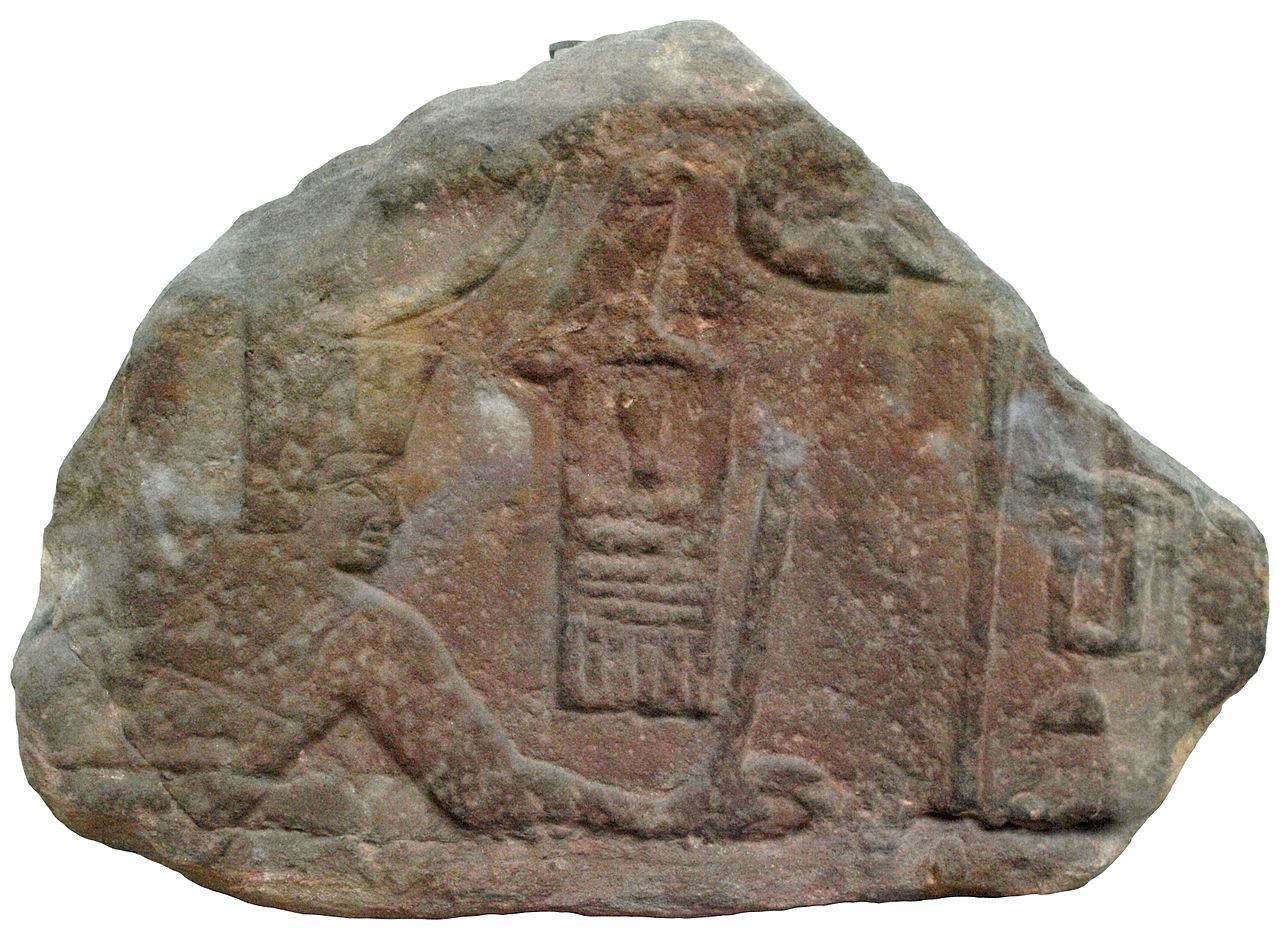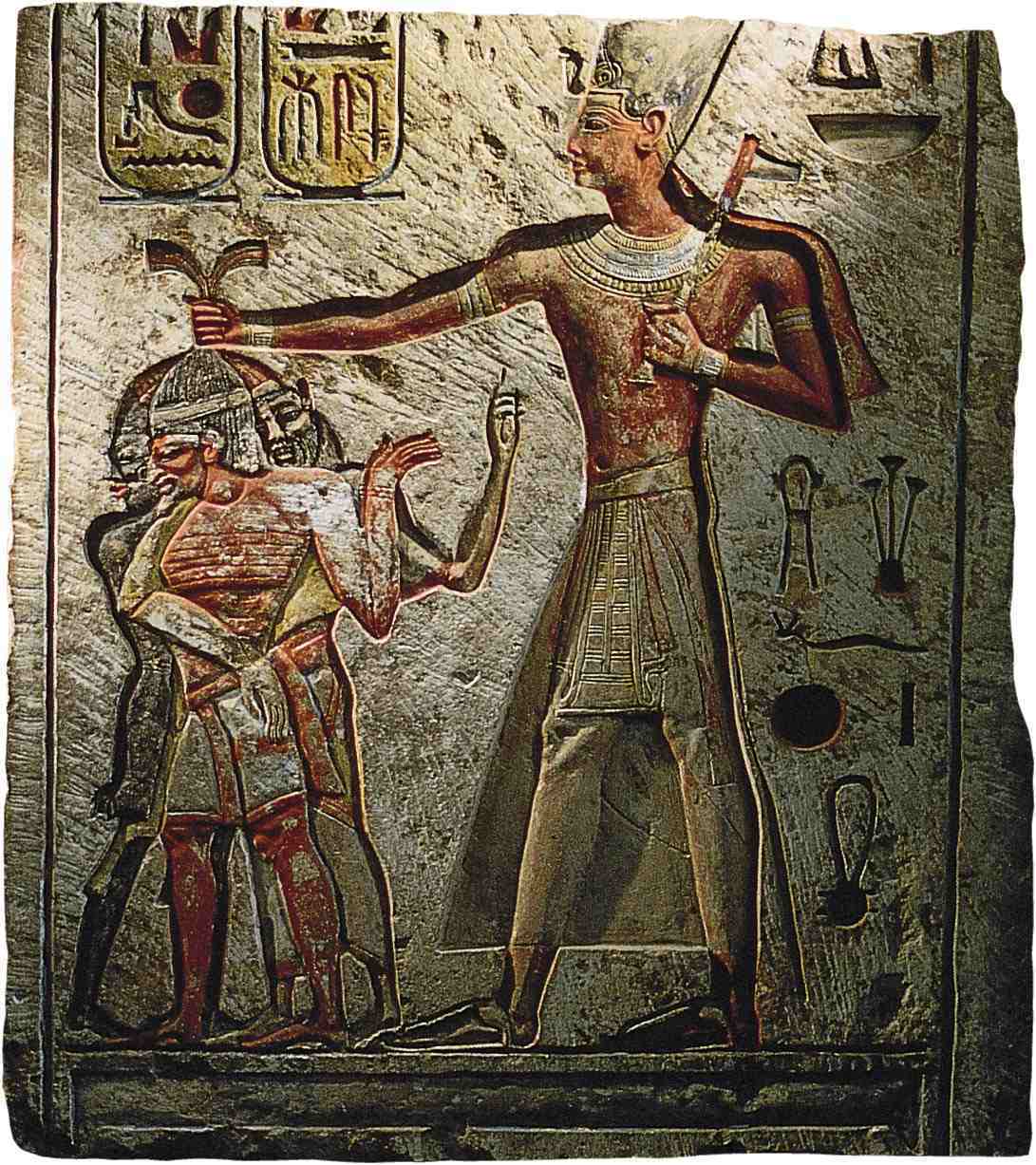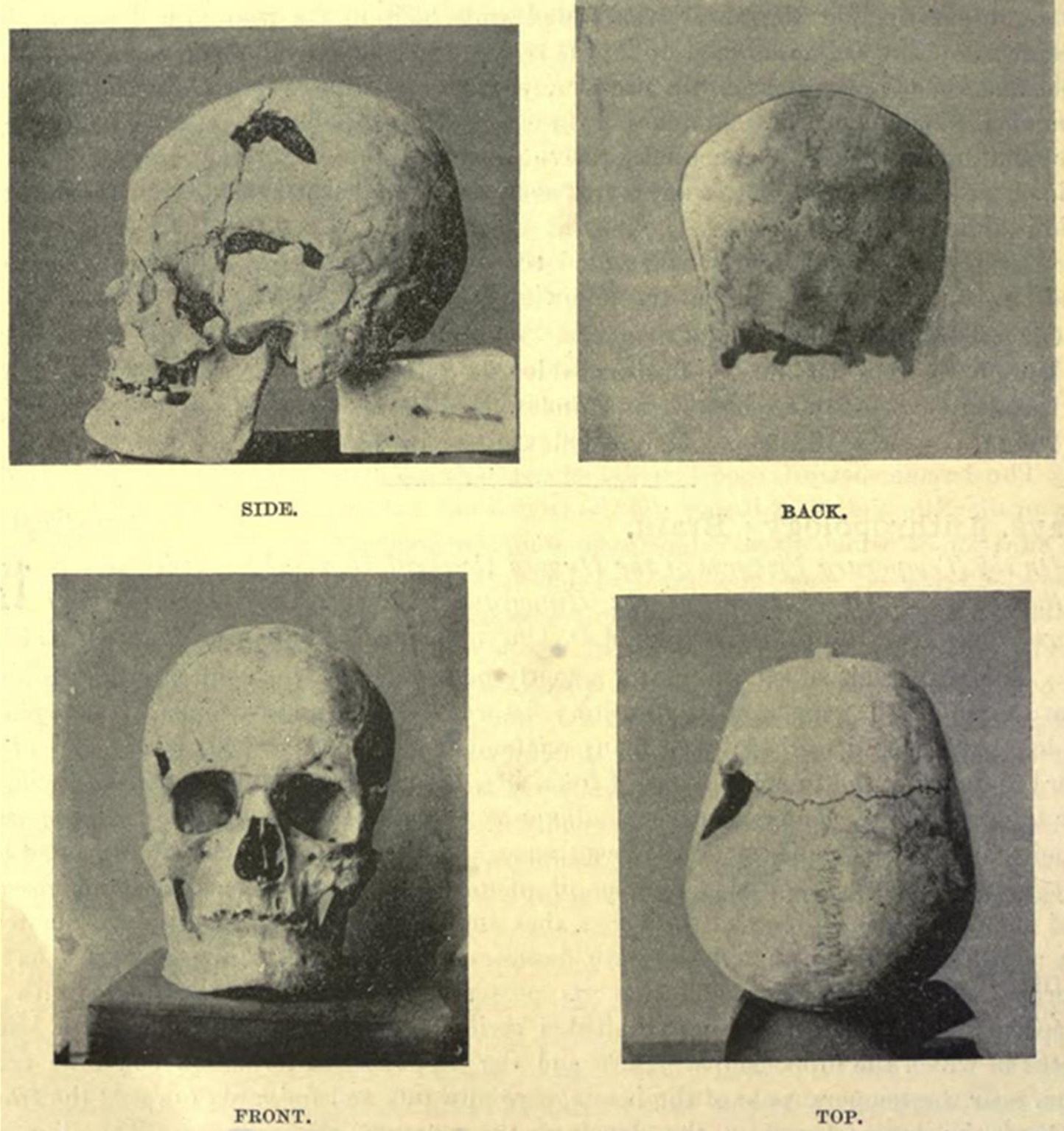Sa-Nakht is a pharaoh, but not an ordinary pharaoh that we think of when we hear about ancient Egypt. Sa-Nakht is distinguished as the first pharaoh of Egypt’s Third Dynasty. However, several publications have been made where he is known as Sa-Nakht, the giant pharaoh of his time.

Sa-Nakht, the giant pharaoh’s reign occurred in 2650 BC, being the successor to Jasesemuy, who probably became his relative. According to the story, he remained on the throne for approximately eighteen years, since then it is only known that he married Initkates.
In 1901, an archaeological mining shipment in the desert around Beit Khallaf discovered a series of tombs belonging to the Third Dynasty. In one of them were the remains of an extraordinary individual. Extraordinary not for its length, but for its stature peculiar to the time, since it measures approximately 1.87 meters.

It is important to note that this size has been unique for a few long millennia. Therefore, investigations were made into the discovery and the remains were attributed to Sa-Nakht. Thanks to this, he is known as Sa-Nakht, the giant pharaoh. However, there is no 100% certainty because this was not the original tomb of Pharaoh, who was supposed to be at Abu Roash.
In anthropomorphology, height is relevant, because it can identify diseases that cause abnormal sizes in the subjects. This is the case with Sa-Nakht, the giant pharaoh. In general terms, height is considered to have predominated in Ancient Egypt due to good eating habits. However, Sa-Nakht’s bones were extremely long.
From that moment on, a scientific and anthropometric attraction emerged, since his bones were unusual. This led several experts to evaluate the cranial measurements of the skeleton. This study was based on articles related to the theme and on the review of photographs of the skeleton.
When comparing the result of the analysis carried out with the existing data on the anatomy of the ancient Egyptians, it was evident that the pharaoh was anomalous in size – totally out of the ordinary. The stature was much taller than the registered ones.
With these studies, a certain anomaly in the cranial structure was noted, specifically in the region of the mandible, which possibly suggests that he suffered from acromegaly. This is a pathology that causes the pituitary gland to overproduce the hormone somatropin, causing a disproportionate development of the organism.

Acromegaly manifests itself on the face, head and extremities. In addition, it may have defects in the internal viscera. In the case of Sa-Nakht, the giant pharaoh, it was not possible to demonstrate whether the disease was mild, as the face was not so deformed. However, it is not known whether Sa-Nakht suffered from acromegaly since childhood, which is called gigantism, or whether it arose in adulthood.
Investigations into Sa-Nakht, the giant pharaoh, are still ongoing. An analysis of the genetics of this character is foreseen, which would confirm the theory of acromegaly (to analyze if this was in fact). This may be impossible, as a DNA sample in good condition must be obtained for genetic testing – so we may never know the reasons for its size.
Some leading researchers have suggested that the unusual size of Sa-Nakht may be related to the biblical stories of the Nephilim or the giant children of the angels and women of Earth.




